Mold inspection reports are crucial for maintaining a healthy home. Many homeowners overlook this essential step, risking health issues. A proper mold inspection report provides detailed insights into your home’s air quality. It identifies hidden mold that can cause allergies and respiratory problems. This report helps in making informed decisions about remediation and prevention. Ignoring mold issues can lead to costly repairs and health concerns. By understanding the importance of comprehensive reporting, you protect your family’s well-being. Stay informed and proactive with accurate mold inspection reports to ensure a safe living environment.
Importance of Mold Inspection
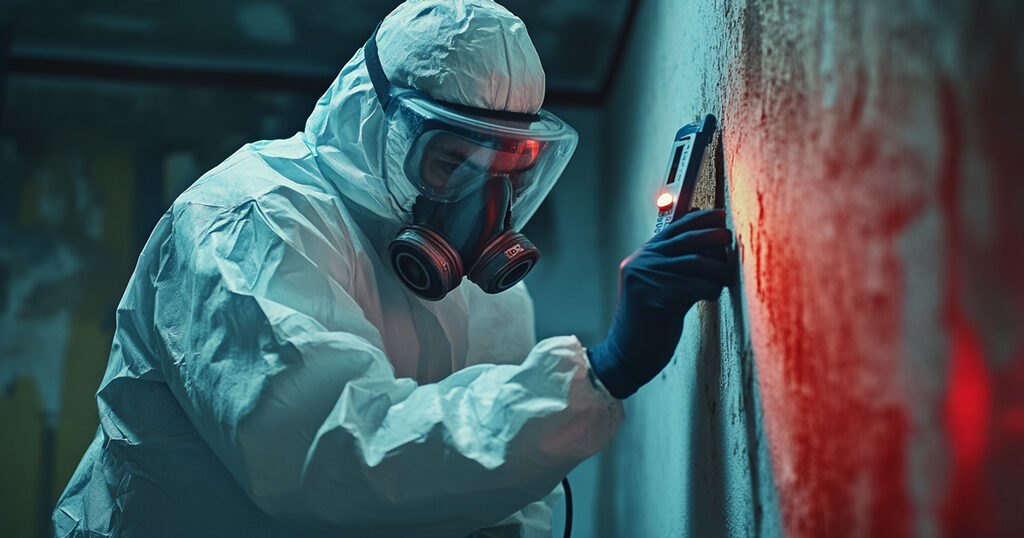
Health Risks
Mold exposure can cause serious health problems. High mold concentrations in the air can lead to breathing issues. Some people may experience allergies like sneezing or itchy eyes. In severe cases, mold can cause asthma attacks. A free virtual mold inspection helps identify these risks early, even if you’re unable to have an on-site visit.
Structural Damage
Mold can damage homes if not detected early. It grows on wood, walls, and ceilings. Over time, it weakens these materials. Mold removal services can address these problems before they become severe. Early detection and removal prevent costly repairs later.
Indoor Air Quality
Indoor air quality is important for health and comfort. Mold affects this by releasing spores into the air. A comprehensive mold inspection report ensures that your home is safe to live in. This report highlights areas needing attention and provides guidance on how to improve indoor air quality.
Safety for Occupants
Ensuring safety for everyone in the house is crucial. Mold inspections help keep families safe from potential hazards. A remediation mold inspection provides solutions to fix indoor mold growth issues. Having a clear mold report ensures all concerns are addressed.
Methods of Mold Testing
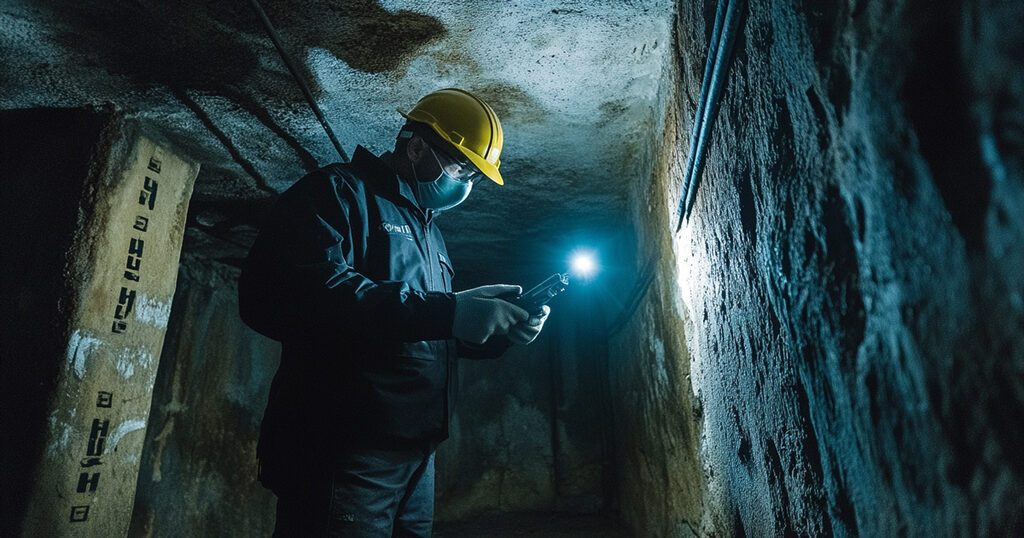
Air Sampling
Air sampling is a common method for detecting mold spores in the air. Professional mold testers often use this technique to assess indoor air quality. They collect air samples using special equipment like spore traps. These traps capture airborne mold spores and particles. The samples are then analyzed in a lab to determine the types and levels of mold present. This method helps identify invisible mold problems that might affect health.
Surface Sampling
Surface sampling involves testing visible surfaces for mold growth. It is useful when you see mold on walls or furniture. Professionals use swabs or tape lifts to collect mold samples from these areas. The collected samples are sent to a laboratory for analysis. Mold test results from surface sampling provide information about the specific types of mold growing on surfaces. This helps in deciding how to clean and remove the mold effectively.
Bulk Testing
Bulk testing examines materials suspected of being contaminated with mold. Professionals take pieces of material, like drywall or carpet, for analysis. This method is used when there is visible damage or discoloration due to moisture. The mold investigation process includes identifying the extent of contamination within materials. Bulk testing helps determine if materials need repair or replacement due to mold damage.
Understanding Test Results
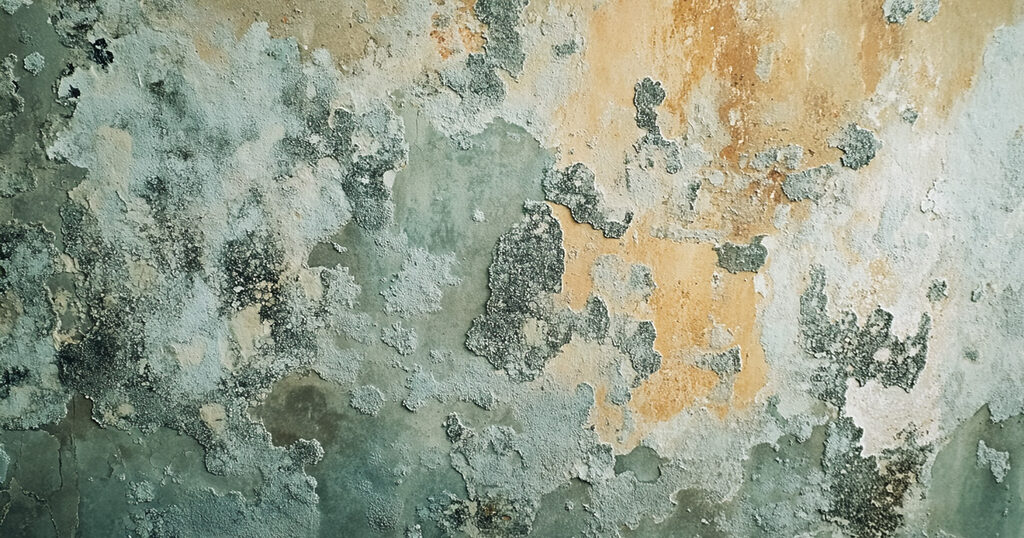
Spore Count Levels
Spore count levels help determine mold severity. High spore counts suggest a serious mold problem. Low levels might indicate minor issues. Professionals measure these counts in spores per cubic meter. This unit provides an accurate measure of the mold present.
Indoor vs Outdoor Levels
Comparing indoor and outdoor mold levels is crucial for analysis. Outdoor levels act as a baseline. If indoor levels are higher, it indicates a potential issue indoors. Testing both areas helps pinpoint where the mold originates.
Mold Species Recognition
Different mold species have various implications. Some molds, like Stachybotrys, are toxic and need immediate attention. Others may cause allergies or respiratory problems. Identifying the type helps in deciding the right treatment plan.
Steps After Receiving a Report
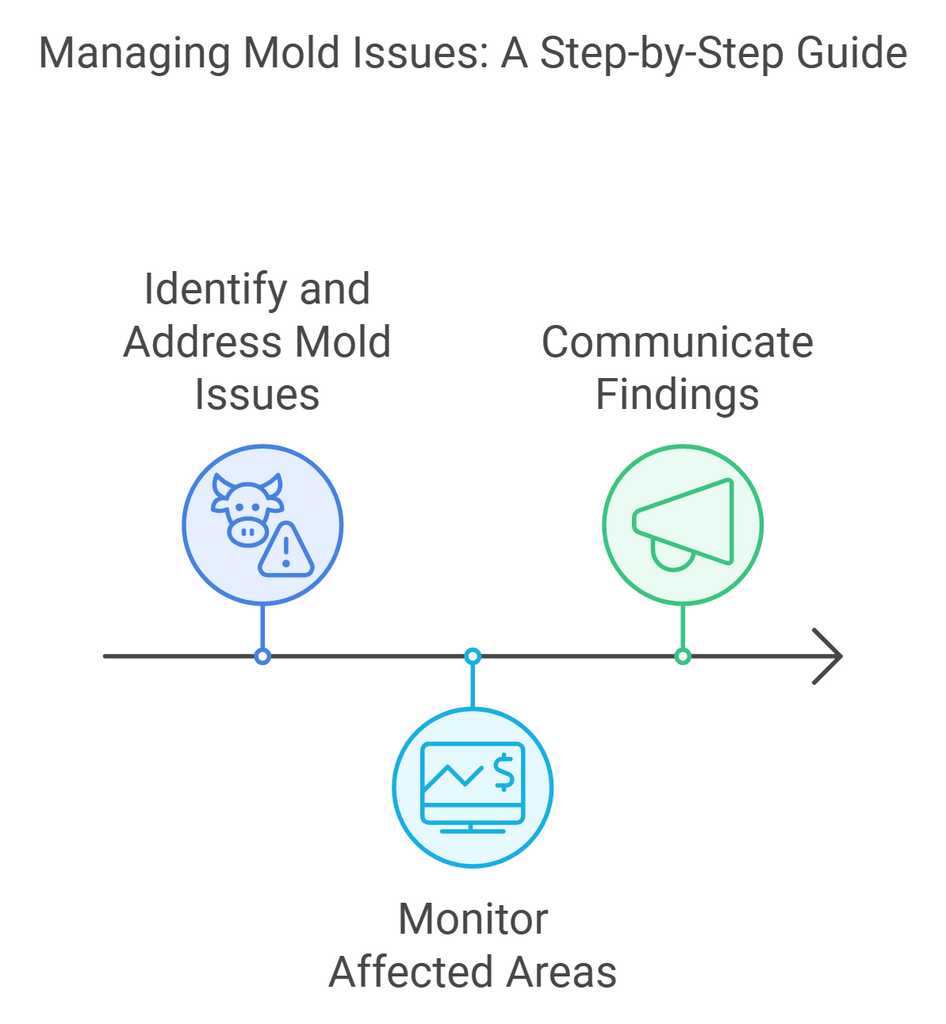
Address Issues
Once you receive the mold inspection report, it’s crucial to address the identified mold issues. Start by understanding the source of the mold. In severe cases, professional remediation might be necessary. They will clean and remove the mold from affected surfaces. This helps prevent further health problems like allergic reactions or rashes.
Monitor Areas
After remediation, monitor the affected areas closely. Check for any signs of mold returning. Regular inspections help catch any recurrence early. If mold reappears, it could indicate an unresolved issue. Continuous monitoring is essential to ensure that the mold problem is truly resolved.
Communicate Findings
It’s important to communicate findings with all stakeholders involved. Share the report details and any actions taken. This includes property owners, tenants, and health officials if needed. Keeping everyone informed helps in managing expectations and ensuring health safety. Clear communication can also help in planning future steps effectively.
Choosing Professional Services
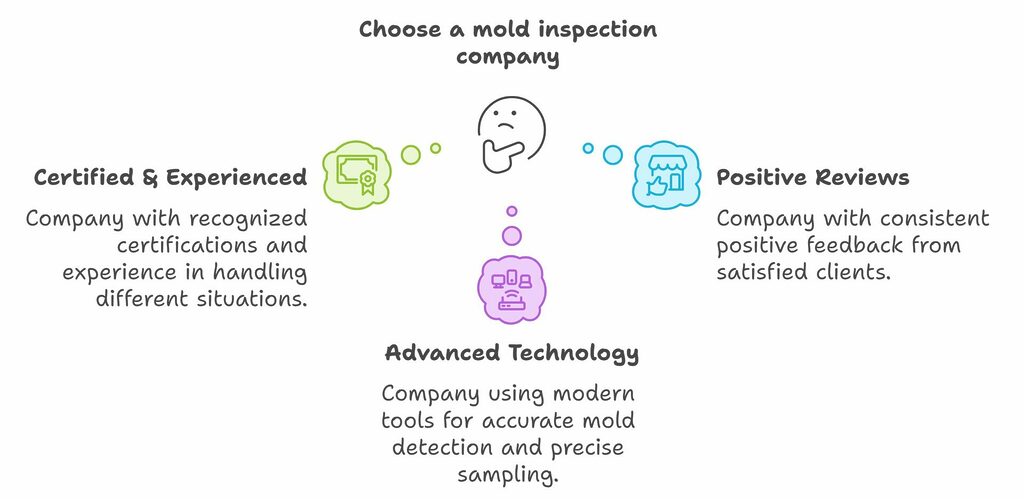
Verify Certifications
Ensure the mold inspection company has proper certifications. Look for qualifications from recognized bodies. These show they follow industry standards. Experienced companies know how to handle different situations and can identify mold in various building materials.
Evaluate Customer Reviews
Check customer reviews and testimonials. These provide insight into the company’s reliability. Positive feedback often means good service. People share their experiences with mold problems and solutions. A reliable team will have consistent praise from satisfied clients.
Advanced Technology Use
Consider if the company uses advanced technology. Modern tools can detect mold more accurately. They help in gathering precise samples for laboratory analysis. This technology ensures specific recommendations are based on solid data. It also aids in identifying mold in hard-to-reach areas of homes and buildings.
Final Remarks
Mold inspection is vital for keeping your home safe. You’ve learned about testing methods and how to read results. After getting a report, taking action is key. Choosing the right pros makes all the difference.
Now it’s time to put this knowledge to work. Don’t let mold mess with your peace of mind. Get a professional inspection and take control today. Your home deserves the best care. Stay ahead of the game and keep your space healthy. Ready to make a move? Connect with experts now and ensure a mold-free environment for you and your family.
Frequently Asked Questions
Why is mold inspection important?
Mold inspection helps identify hidden mold sources that can affect health. Catching mold early prevents structural damage and costly repairs. It ensures a safe living environment.
What are the common methods of mold testing?
Common methods include air sampling, surface sampling, and bulk sampling. Each method identifies mold presence and type. Professional services ensure accurate results.
How should I interpret mold test results?
Test results show mold types and concentration levels. High levels indicate a problem needing attention. Consult with experts to understand health risks and necessary actions.
What steps should I take after receiving a mold report?
First, review the findings carefully. Address any immediate health concerns. Plan for remediation if needed, and consider professional help for effective solutions.
How do I choose the right mold inspection service?
Look for certified professionals with experience and good reviews. Ensure they use up-to-date equipment and provide detailed reports. Quality service ensures reliable results.
Can I perform mold testing myself?
DIY kits exist but may lack accuracy. Professional testing provides thorough analysis and reliable data. Experts offer peace of mind with comprehensive inspections.
What benefits do professional mold services offer?
Professionals bring expertise, accurate testing, and effective solutions. They ensure safety, prevent future issues, and protect property value. Trust their knowledge for best outcomes.
